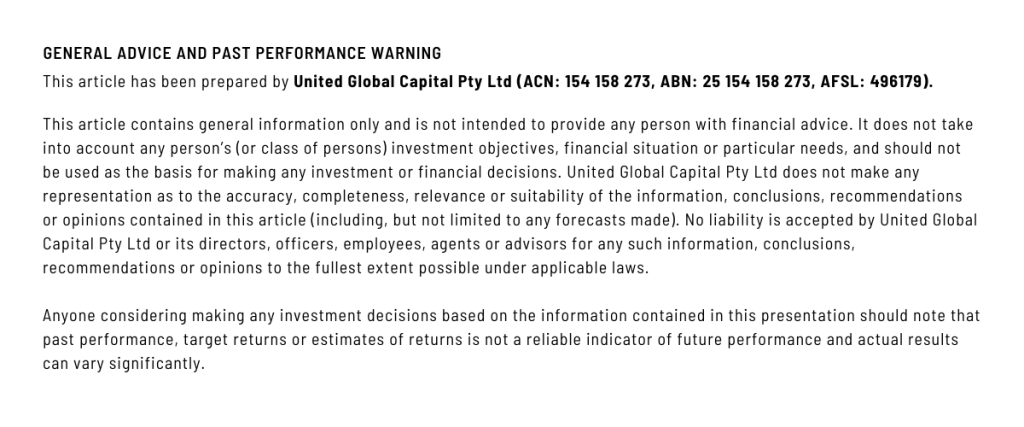Investing for a House Deposit
In today’s economic landscape, purchasing a home is a significant milestone that requires careful financial planning and strategic saving. For many, the biggest hurdle in this journey is accumulating a sufficient house deposit.

Understanding the Basics
The first step in saving for a house deposit is to understand how much you need to save. Generally, a deposit of 20% of the purchase price is ideal, as it can help you avoid the additional cost of Lenders Mortgage Insurance (LMI). However, saving such a substantial amount can seem daunting, especially in markets where property prices are high.
Setting a Clear Goal
Having a clear goal in terms of the amount needed and the timeframe can significantly impact your saving strategy. It’s important to be realistic about how much you can afford to save each month while still living comfortably. Creating a detailed budget that tracks your income and expenditures can help you identify areas where you can cut back and save more towards your deposit.
Choosing the Right Investment Strategy
To accelerate the growth of your house deposit, simply saving money might not be enough. Investing can be a powerful tool to increase your savings, but it’s crucial to choose the right investment strategy that aligns with your risk tolerance and timeframe.
High-Interest Savings Accounts
For those who prefer a low-risk approach, high-interest savings accounts offer a secure way to grow your savings. Although the returns may be modest, the risk is minimal, making it a suitable option for short-term saving goals.

Stocks and Shares
Investing in the stock market can offer higher returns, but it comes with increased risk. For individuals with a longer timeframe and a higher risk tolerance, allocating a portion of their savings to stocks can be a worthwhile strategy. Diversification across different sectors and opting for index funds or managed funds can help mitigate some of the risks involved.
Real Estate Investment Trusts (REITs)
For prospective homeowners looking to invest in the property market indirectly, Real Estate Investment Trusts (REITs) can be an attractive option. REITs allow individuals to invest in portfolios of real estate assets, offering potential dividends and capital growth. However, like all investments, REITs carry their own set of risks and should be considered within the context of a diversified investment portfolio.
Stay Informed and Flexible
The path to saving for a house deposit is not always linear. Economic conditions, interest rates, and personal circumstances can change, impacting your saving and investment strategy. Staying informed and being flexible to adjust your plan as needed can help you stay on track towards achieving your goal.
Are you ready to take the first step towards securing your future home? Contact us today to schedule a complimentary consultation with one of our financial advisers. Let us help you navigate the journey of investing for your house deposit, ensuring a smooth and successful path to homeownership.

